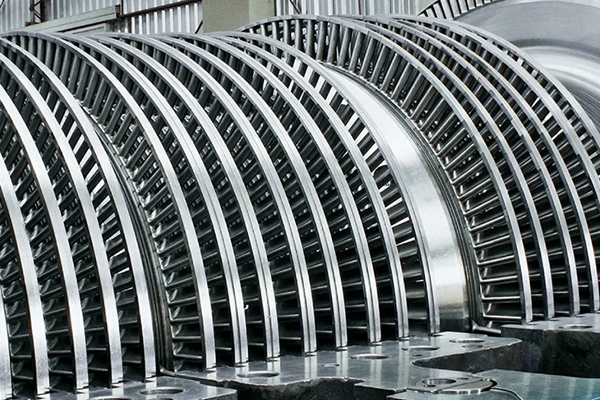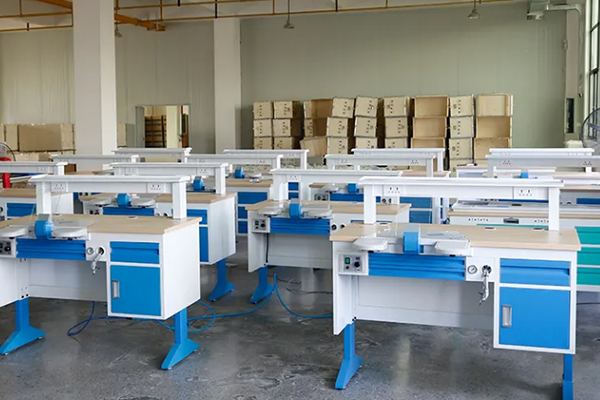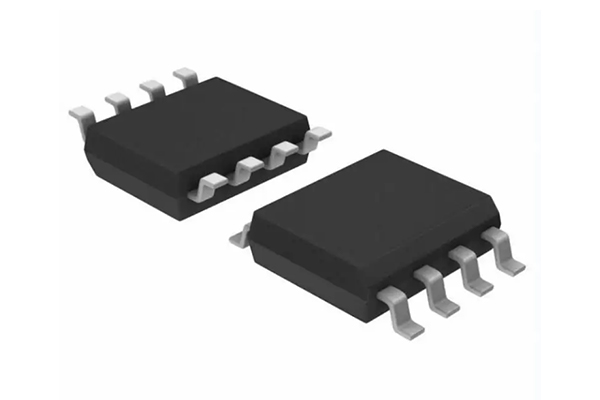5 Game-Changing Materials For Efficient Energy Storage
Description
This document presents five materials under study for potential improvements in energy storage. The advantages and disadvantages of each material are explained in clear language with commentary from experts in chemistry and engineering.
Graphene
Graphene is a form of carbon known for its single-atom thickness and high electrical conductivity. Graphene can improve battery and supercapacitor performance by permitting rapid charge movement, thereby reducing the time required for charging and discharging. It is also durable and flexible, which makes it possible to produce energy storage devices that have an extended operational lifetime and reduced weight. Recent measurements indicate that graphene-enhanced devices may perform reliably under controlled extreme conditions.
Lithium–Sulphur Batteries
Lithium–Sulphur Batteries (Li-S) are being investigated as alternatives to conventional lithium-ion batteries. They offer the possibility to store a greater quantity of energy with a reduction in overall weight. A key aspect is the use of sulphur as the cathode material, which is inexpensive and abundant. However, these batteries tend to form unwanted by-products that degrade performance over successive cycles. Researchers are addressing these issues by optimising the battery chemistry and design so that Li-S batteries may eventually operate a variety of devices efficiently.
Solid-State Electrolytes
Solid-state electrolytes are being studied to replace the liquid electrolytes found in conventional batteries. The substitution with a solid material reduces the risk of leakage and fire. Solid-state batteries also offer a longer operational lifetime and higher energy density. The challenge is to identify materials that allow ions to move with a rate similar to that in liquids. Researchers are examining different ceramics and polymers to determine the most effective options. Improvements in material properties may lead to energy storage systems that are both safe and cost-effective.
Phase Change Materials
Phase Change Materials (PCM) are under study as an alternative method for storing energy thermally. PCMs store energy by absorbing heat during melting and releasing it during solidification. One measured outcome is that a PCM absorbs substantially more energy when changing from solid to liquid than it releases during the reverse process. They are used for applications such as regulating building temperature and managing the thermal conditions of electronic equipment. The integration of PCMs into standard systems requires careful design to ensure that phase changes occur at controlled temperatures.
Metal–Air Batteries
Metal–air batteries are undergoing research for energy storage applications. They utilise oxygen from the ambient air as one of the reactants, thereby reducing the overall weight and manufacturing cost. These batteries employ metals such as zinc or aluminium as the anode and can achieve high energy density. Given that oxygen is widely available, metal–air batteries may offer economic advantages and a reduced environmental impact. Challenges remain, including the formation of by-products during operation and maintaining stable performance over many cycles. Engineers are conducting tests and modifying designs to address these issues. For further information, please visit Stanford Advanced Materials (SAM).
Frequently Asked Questions
Q: Why is graphene considered a suitable material for energy storage?
A: Graphene exhibits high electrical conductivity, strength and flexibility, which contributes to faster charging and may extend the useful operational period of energy storage devices.
Q: Why are solid-state electrolytes considered safer in batteries?
A: Solid-state electrolytes replace liquid, flammable electrolytes with solid materials, thereby eliminating the risk of leakage.
Q: Why are metal–air batteries considered to have a lower environmental impact?
A: Metal–air batteries use oxygen from ambient air as a reactive agent, which reduces dependence on toxic or heavy substances and may lower environmental impact.

 Bars
Bars
 Beads & Spheres
Beads & Spheres
 Bolts & Nuts
Bolts & Nuts
 Crucibles
Crucibles
 Discs
Discs
 Fibers & Fabrics
Fibers & Fabrics
 Films
Films
 Flake
Flake
 Foams
Foams
 Foil
Foil
 Granules
Granules
 Honeycombs
Honeycombs
 Ink
Ink
 Laminate
Laminate
 Lumps
Lumps
 Meshes
Meshes
 Metallised Film
Metallised Film
 Plate
Plate
 Powders
Powders
 Rod
Rod
 Sheets
Sheets
 Single Crystals
Single Crystals
 Sputtering Target
Sputtering Target
 Tubes
Tubes
 Washer
Washer
 Wires
Wires
 Converters & Calculators
Converters & Calculators
 Write for Us
Write for Us
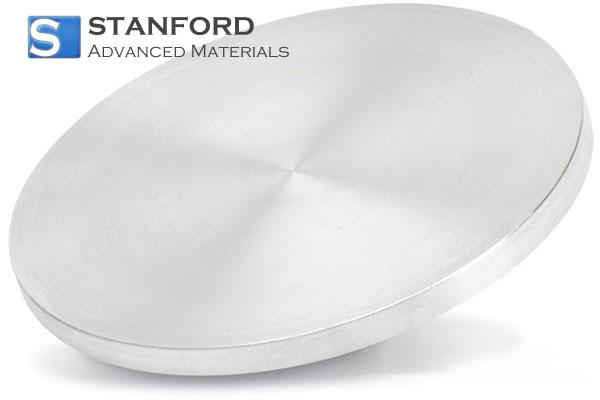
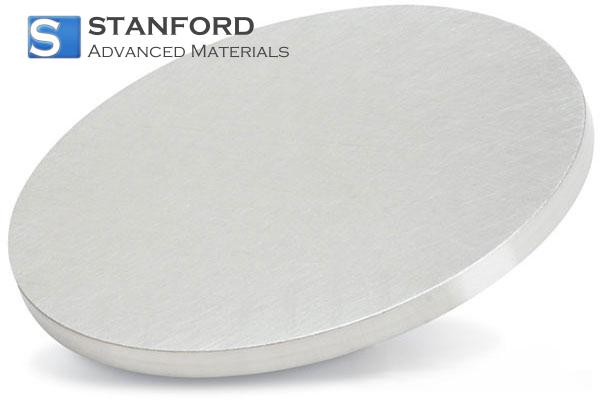
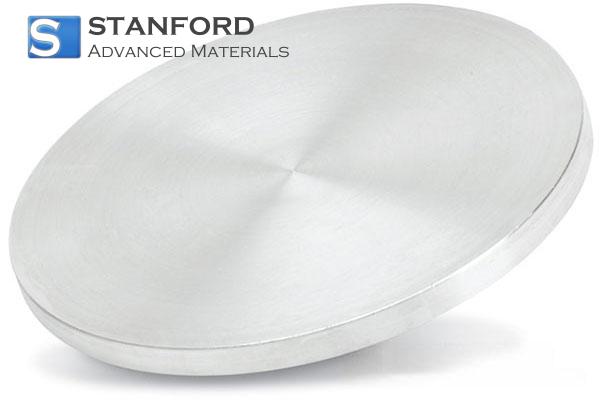
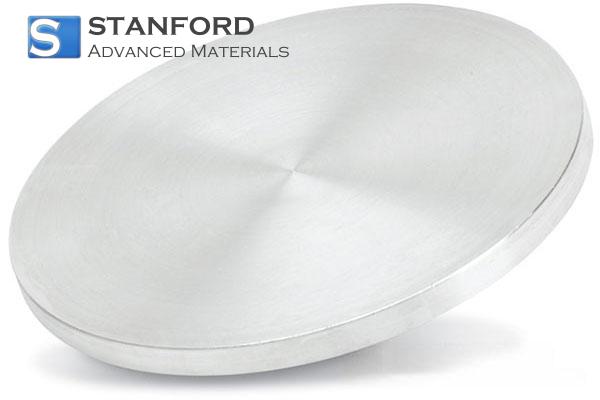
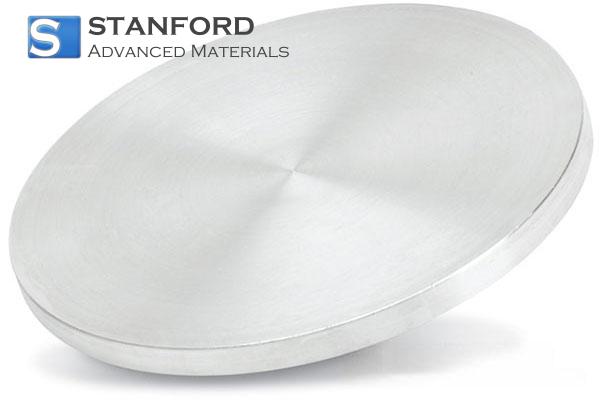
 Chin Trento
Chin Trento

